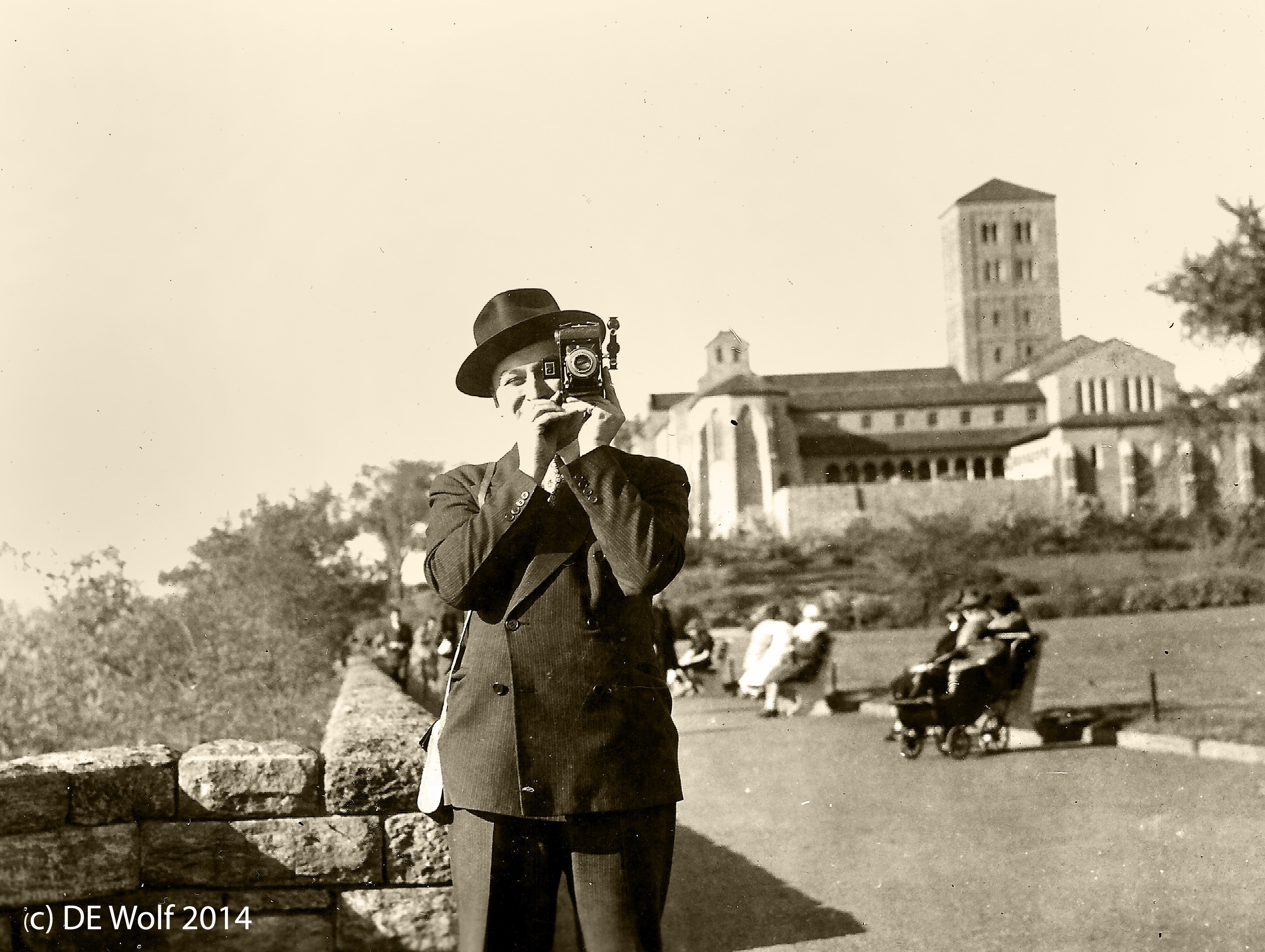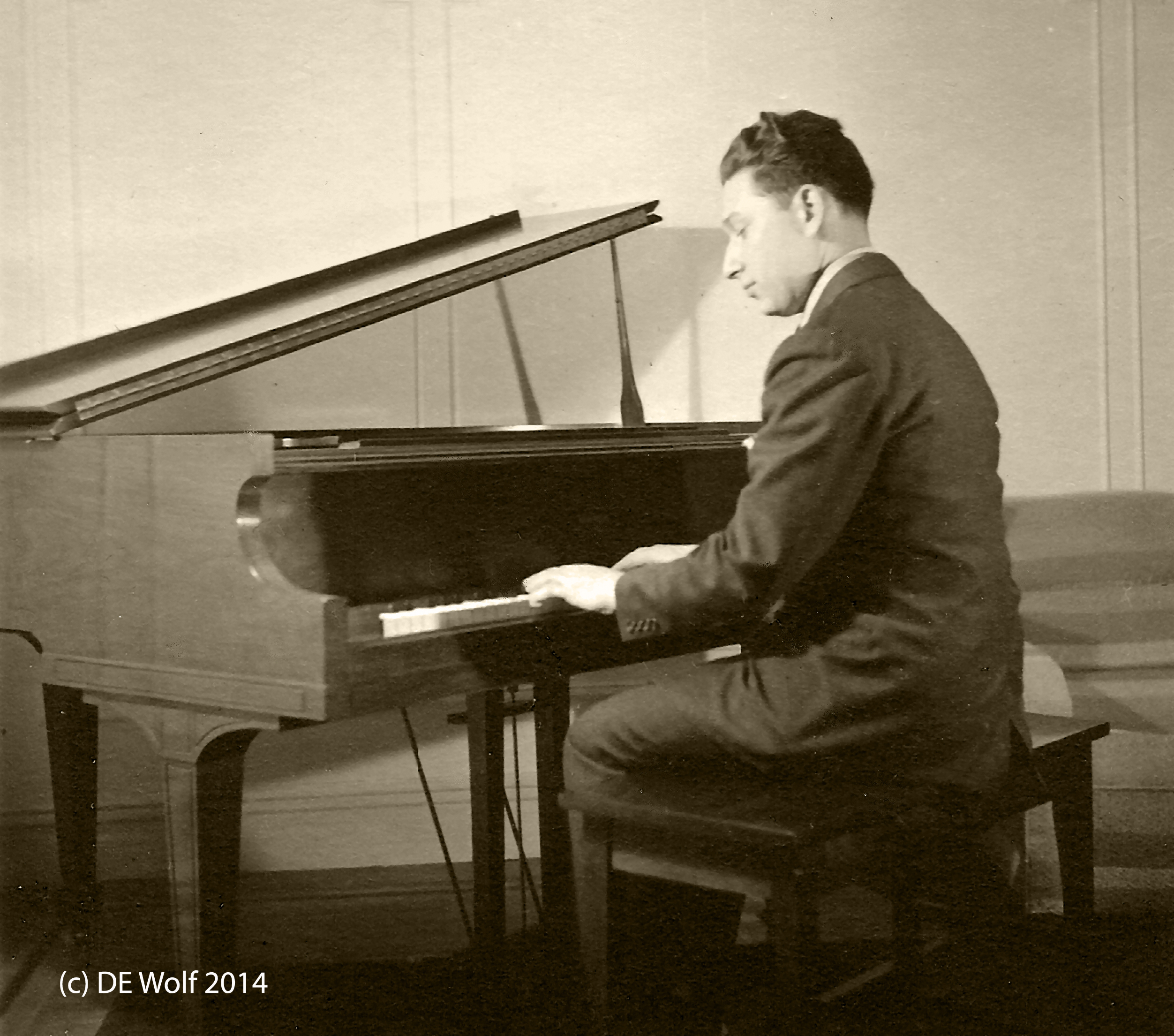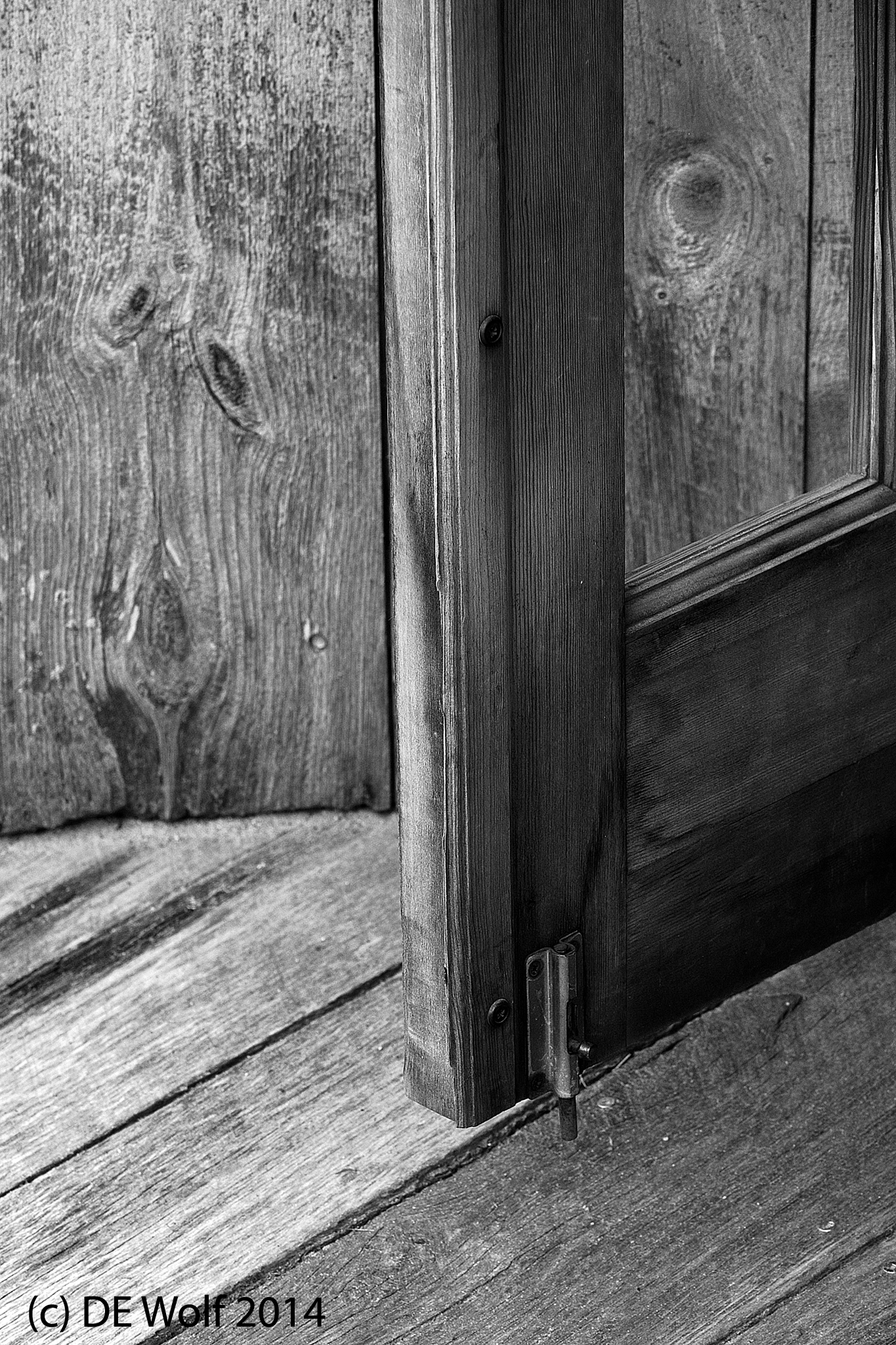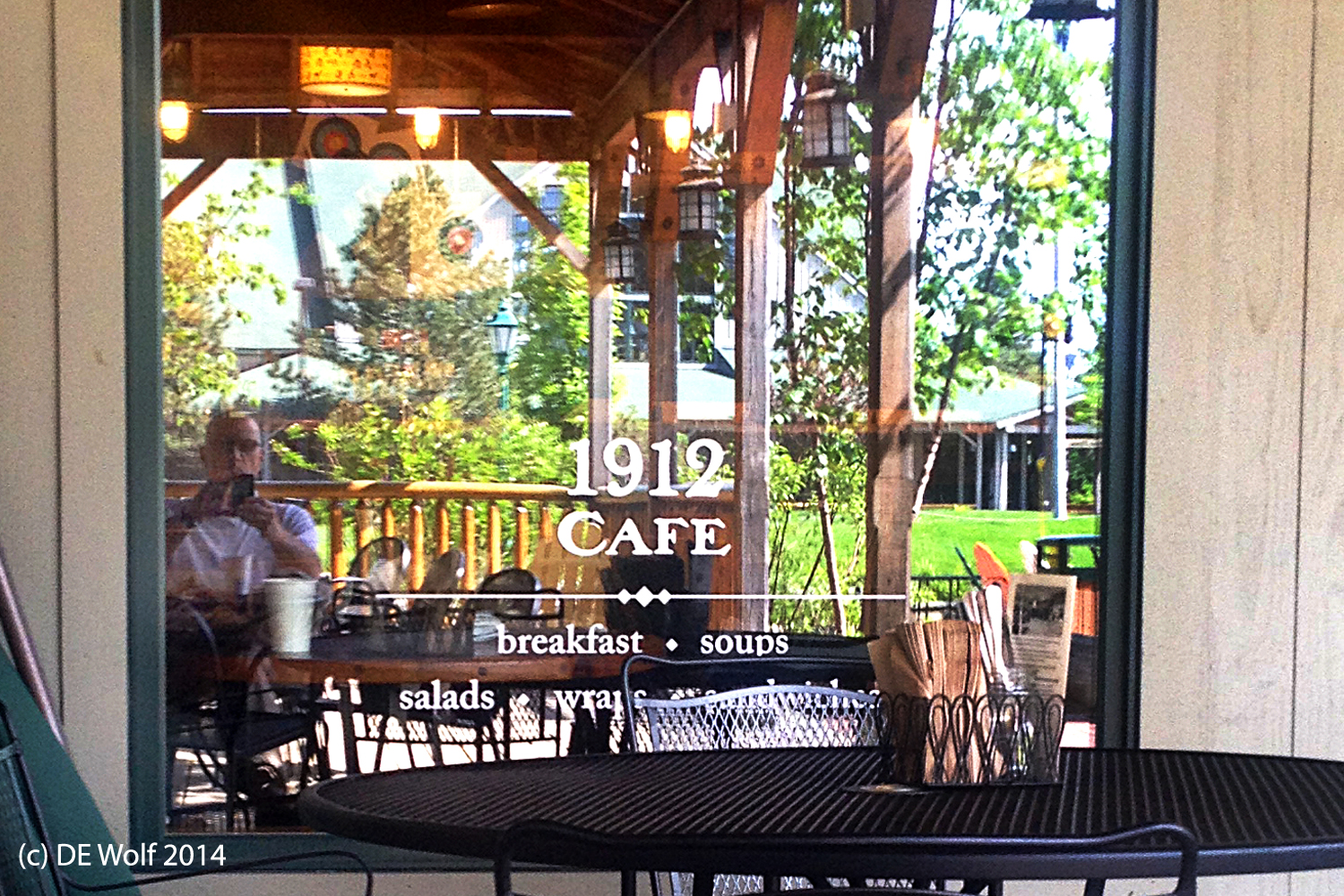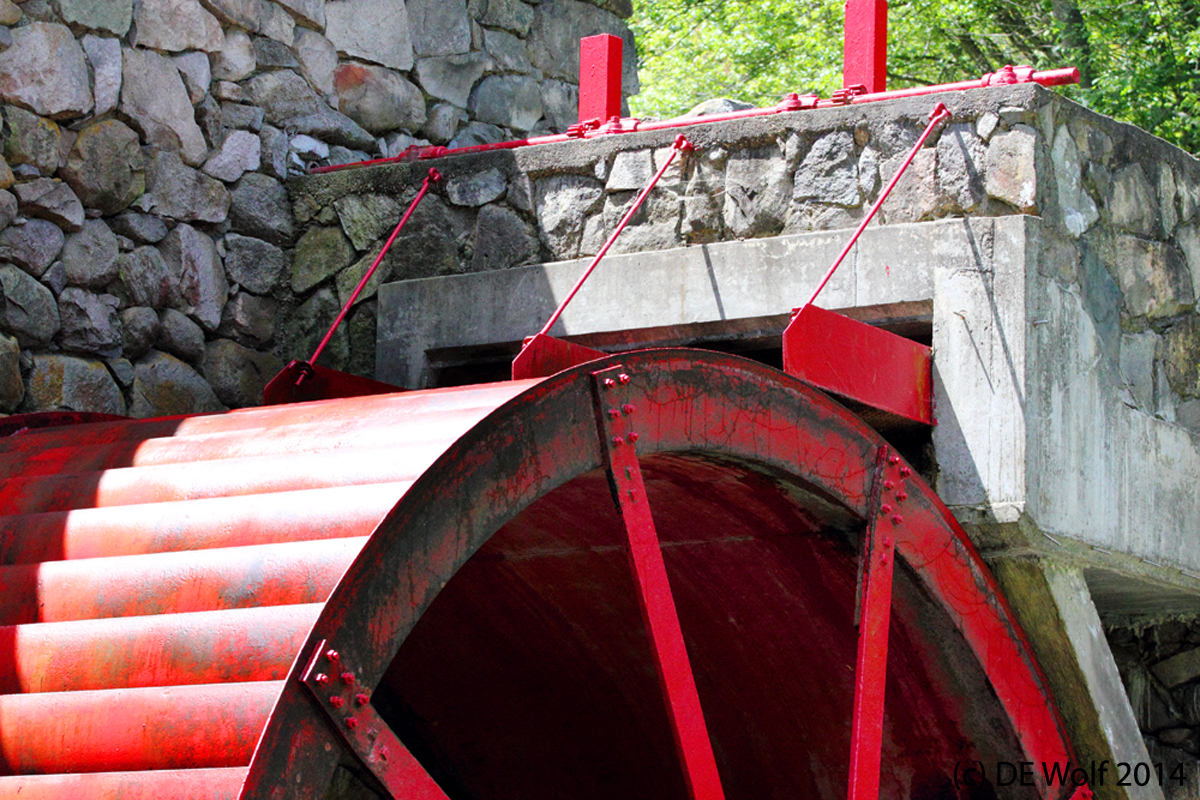
Figure 1 – Flowers and glass in a shop window, Kennebunkport, ME. (c) DE Wolf 2014.
The view that the photographer is one who observes, one who steps out of participation, has some intriguing consequences. You become a tourist in your own life. You are constantly in a quest for objects and events to photograph. The image becomes to the photographer: what game is to the hunter, coins to the numismatist, or antiques to the antique collector. Yes that is it; you become a collector of images, and each image holds its own memories.
OK, so accept it. Would it be better not to capture events and objects at all? Think of it as recording not collecting. You can think of it that way as long as you don’t become one of those people who record every meal on vacation.
So I am a hunter for images! And what I realize is that there are really two me’s. I truly love black and white images. That is what I strive to create. I am forever search for the forms and the light that will give me what I am looking for, that will translate beautifully with velvety blacks, creamy whites, and every marvelous grey level in between. And notice that I spell it “grey” not “gray.” This connotes a certain elegance and exoticism. But I also find that dichotomously hiding just below the surface of my consciousness is a “Polychrome Me,” a me that loves to exalt in color.
One of the great aspects of modern digital photography is that you can truly split your photographic personality without needing to carry two cameras. It is the same feature that enables what is essentially zone black and white photography without the need to change cameras. Expose well, and all the zones are there. The “Levels” and “Curves” features of Photoshop simply replace choice of film, developer, and paper.
So today I’d like to offer up two images by “Polychrome Me.” The first was taken of glass and silk flowers in a shop window. I love the play of light in glass. And I was thinking of Henri Matisse when I took this picture. Perhaps it is “Cala Lillies, Irises, and Mimosas.” The point is that the feeling here is in the brilliant colors and to me they are Matisse’s colors. And shortly after taking that image I found this mannequin in a shop. The world was orange, and I delighted in the little helices of orange ribbon. Do I need to say that I added the catch light to her eyes, because unlike the ghostlike alien mannequin of a previous blog, this mannequin seemed soft and beautiful? She needed only a magic sparkle in her eyes to bring her to life.
Both images were taken with my EF 70-200mm f/4L USM Canon lens at ISO 400 in aperture AE priority mode – the mannequin at 1/60 sec, f/8.0 at 131 mm, the glass and flowers at 1/100th sec, f/11.0 at 70 mm.
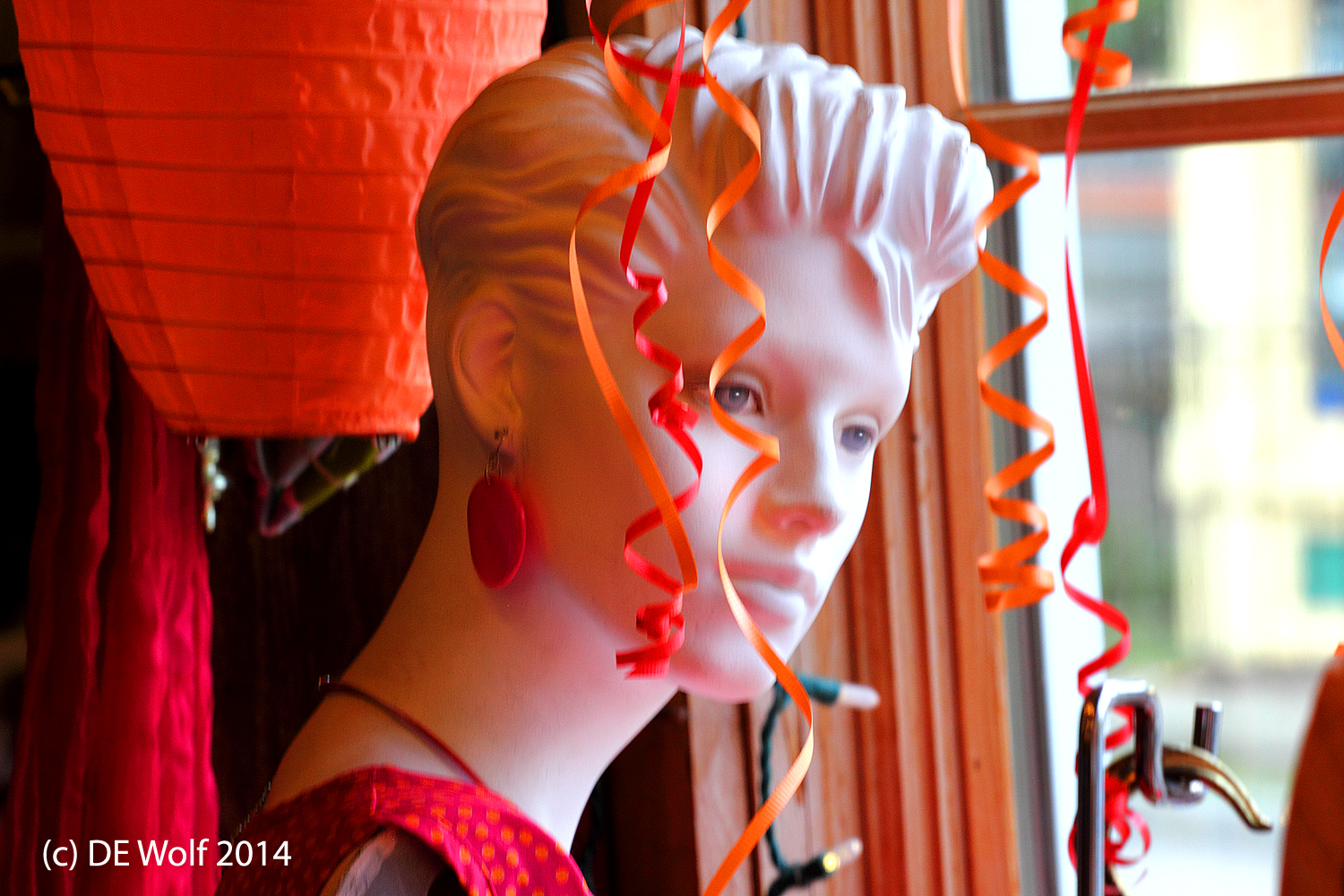
Figure 2 – Shop mannequin and her orange world, Kennebunkport, ME. (c) DE Wolf 2014.


